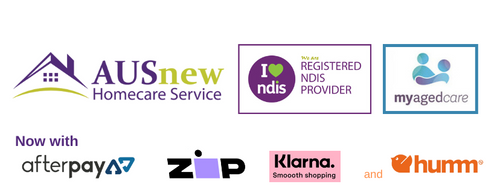Supporting Success: Best Practices for BSP and SIL Provider Collaboration

Effective collaboration between Behaviour Support Practitioners (BSPs) and Supported Independent Living (SIL) providers is crucial in delivering high-quality, person-centred support under the NDIS framework. When done well, this partnership can significantly enhance participant outcomes, reduce restrictive practices, and promote greater independence and wellbeing.

1. Understanding Each Other’s Roles
Successful collaboration starts with mutual respect and clarity about roles. While BSPs focus on developing and implementing behaviour support plans that are evidence-based and NDIS-compliant, SIL providers are responsible for daily care and the practical application of those strategies.
Open communication about roles helps avoid duplication, ensures consistency, and fosters a shared commitment to participant goals.

2. Shared Goal-Setting
Participants benefit most when all stakeholders work toward clearly defined, person-centred goals. BSPs and SIL staff should collaborate during the planning phase to align strategies and ensure support plans are realistic, respectful, and practically implementable within the home environment.

3. Communication Is Key
Regular, transparent communication builds trust and ensures behaviour support plans are consistently followed. Schedule regular case meetings, share updates, and encourage feedback from SIL staff, who often have valuable insights based on their daily interactions with the participant.
Consider using shared communication tools or platforms, and always document changes or concerns in accordance with NDIS requirements.

4. Training and Capacity Building
One of the BSP’s responsibilities is to ensure that SIL staff are trained to understand and implement behaviour support strategies. This includes de-escalation techniques, understanding functions of behaviour, and how to support participants with dignity and respect.
Ongoing training also empowers staff to reduce and eliminate the use of restrictive practices safely and lawfully.

5. Monitoring and Review
Behaviour support is not a “set and forget” process. BSPs should work with SIL providers to monitor progress and adjust plans based on what is or isn’t working. Regular data collection, incident reporting, and reflective practices ensure plans remain effective and aligned with participants' evolving needs.

6. Building a Culture of Collaboration
Finally, fostering a culture of collaboration requires commitment from both sides. Celebrating progress, acknowledging challenges, and maintaining a strengths-based, participant-first approach helps build long-term partnerships that truly benefit individuals.
Conclusion
By working collaboratively, Behaviour Support Practitioners and SIL providers can create supportive environments where participants feel safe, respected, and empowered to thrive. When we bring together clinical expertise and everyday support, everyone benefits — especially the participant.
Looking for SDA Accommodation?
We’re here to help. Whether you need support gathering reports, finding providers, or navigating the NDIS system, get in touch with our team. Let’s work together to help you find your perfect home.
Our team At Ausnew Home Care is here to assist you in finding the perfect living arrangement that supports your independence and well-being.
.
This article is intended for informational purposes and should not replace professional advice. Always consult with your NDIS planner or support coordinator for personalized guidance.

